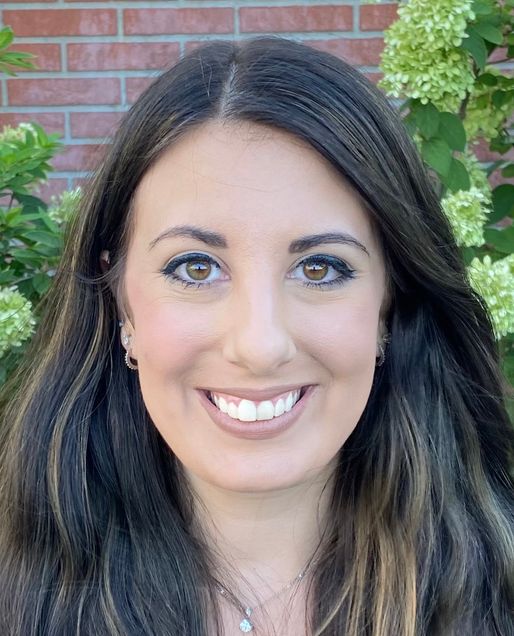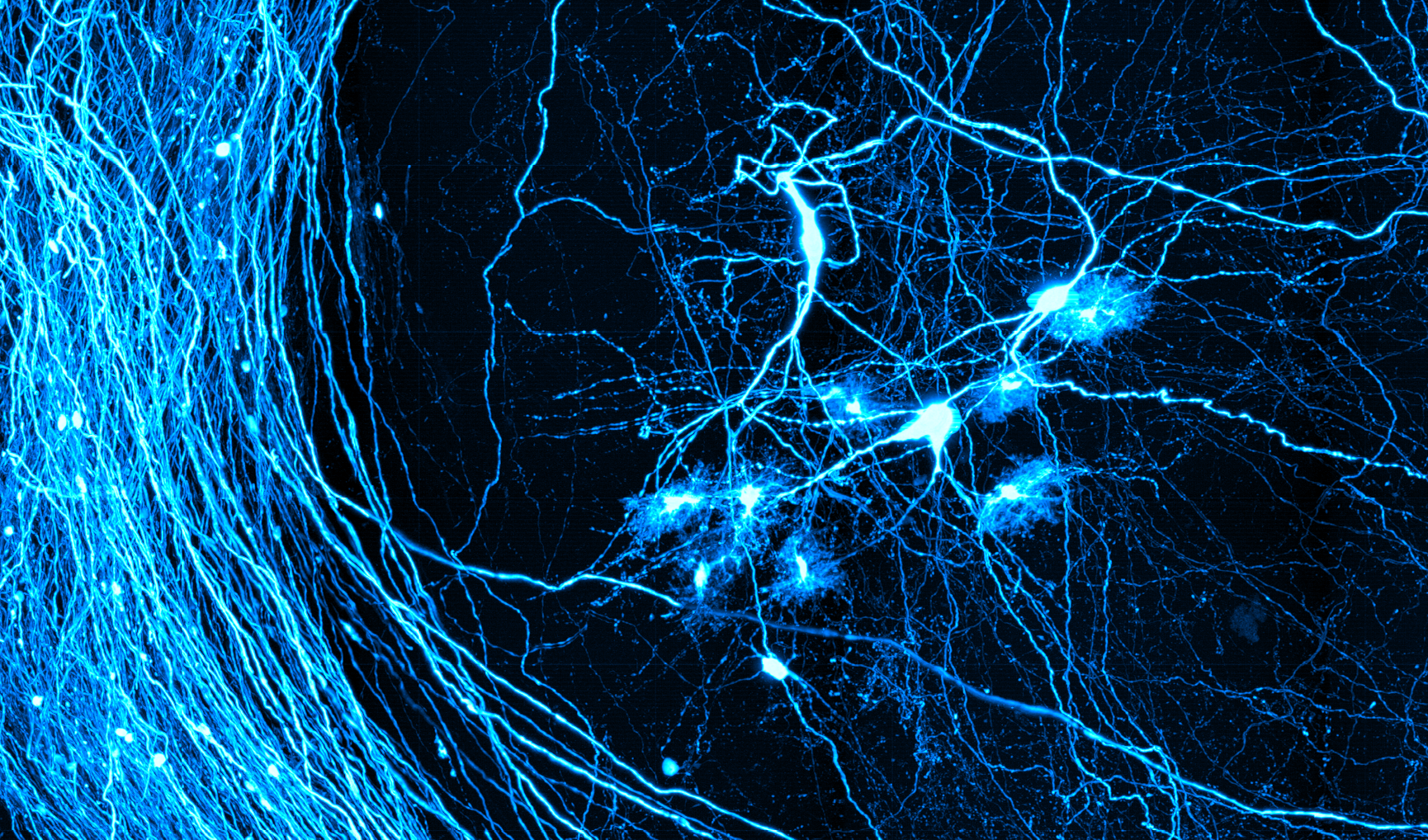New Minds, New Horizons: Incoming NPC Fellows Share How T32 Funding Enables Cutting-edge Research
The Boston University Neurophotonics Center was recently awarded the T32 Grant, supported by the National Institutes of Health (NIH). The grant will provide select graduate students the funding necessary to pursue dedicated research under NPC faculty advisors.
In the Neurophotonics Center’s early days, prior funding from the T32 grant allowed for five years of expansive research, and a two-year continuation of funding. This funding promoted research fellows and the center as a whole, enabling them to expand their impact within the fields of neuroscience and academia.
This year, three NPC graduate students have been given the opportunity to push the Center even further. They will be advancing the knowledge of two-photon microscopy, prelimbic decision-making, and neurodegeneration. We sat down to ask them a few questions about their research, their time at the Neurophotonics Center, and their relationships to STEM.
 Matthew Simkulet
Matthew Simkulet
Matthew Simkulet is pursuing his PhD in Biomedical Engineering under David Boas and Tim O’Shea. He is interested in regenerative medicine and intravital imaging.
What research will you be pursuing through the T32 funding? What faculty will you be working under?
MS: With my PI, Tim O’Shea, we’re interested in using two-photon microscopy combined with implanted microprisms in the mouse cortex to look at the brain’s natural wound response to implanted devices.
How does the NPC support your research?
MS: The Neurophotonics Center has already provided me with the two-photon [microscopy] training and resources for continued support, for learning the microscope and getting the most out of it. [It’s also] a community of people that I can probe.
As far as the grant specifically, [NPC] is a great resource to help me pursue this research as we secure longer-term funding for this project.
Have you pursued research projects before? How does it compare to the work you will be doing through the T32 grant?
MS: I had my rotation project here at BU, also in the Neurophotonics Center. In my undergrad, I worked primarily in data analysis related to some imaging and cell culture.
I think the main difference here is, in both of those [roles], I had a delineated, predefined role. I was following someone else’s guidance and working towards a set outcome, a piece of a puzzle. And this [project] is very much more open-ended. We’re just assessing the tools at our disposal and looking to characterize something that no one ever has before. And we don’t know all the pieces of what that’s going to take.
Have you always been interested in STEM research? Tell us about your history with STEM!
MS: I think that I flitted between different things and held down different interests for transient periods of time. I think that’s why I feel so fulfilled here. I finally found a project and environment where a broad array of interests is okay […] in the interest of building bridges and bringing disparate fields together, and asking more complicated questions that breed new questions in a variety of directions.
Where do you see yourself going with your research, whether at BU or beyond?
MS: I think within [my PhD] we can establish a physiological baseline that will be novel: When we put this stiff piece of glass into the mouse brain, what is the response at the cellular level?
Once we’ve effectively characterized that problem, as we move forward we could identify a material, or a material plus drug release, or any sort of therapeutic that could be translated into something that attenuates some of the issues that people have with chronic neural implants.
Gabrielle Magalhães Ulloa
Gabrielle Magalhães Ulloa is pursuing her PhD in Neuroscience under Assistant Professor Heidi Meyer. She is interested in the neural mechanisms underlying affective regulation, decision-making, and learning during adolescence.
What research will you be pursuing through the T32 funding? What faculty will you be working under?
GU: I’ll be looking at the prefrontal cortex, specifically the prelimbic region and its activity during affective learning and decision making across the lifespan. The PFC has a very established role in adult animal models in terms of decision-making, but there’s not really a lot of work in rodent adolescent models.
My project is to explore that and see if we can find which prefrontal region of prefrontal circuitry is driving these age differences that we see in decision-making.
I will be working with Heidi Meyer, who has expertise in using fiber photometry and working with adolescent rodent models, as well as with Steve Ramirez, whose lab has worked a lot with fiber photometry.
How does the Neurophotonics Center support your research?
GU: One of the biggest benefits of the Neurophotonics Center is that I could reach out to any faculty member that uses fiber photometry to ask questions about this technique [fiber photometry] and for help troubleshooting.
I also appreciate that there’s a lot of communication about opportunities in fiber photonics research. The boot camps we do are also very helpful […] It’s really good for learning how to use code in combination with our photonic techniques.
Have you pursued research projects before? How does it compare to the work you will be doing through the T32 grant?
GU: I did a similar project in adult rodents when I was an undergrad. It was looking at the role of these prefrontal regions, specifically the prelimbic region, in affective learning.
I looked at avoidance, which is one element of the decision making task. We didn’t have access to any calcium imaging techniques at the university I was at previously, […] so I just had to record from the general region. I couldn’t answer a question as specified as the one that I’m going to be able to answer with the techniques that the Neurophotonics program has taught me about and gives me access to mentors for.
Have you always been interested in STEM research? Tell us about your history with STEM!
GU: I don’t think I ever thought I would be a scientist when I was young. I knew I wanted to be a professor of some sort, but I didn’t know what exactly.
When I first started university, I was interested in pursuing a clinical psychology career path. I ended up in a clinical psychology lab, […] I found the work a little bit hard because when I think of questions, I tend to think: well, what is the brain doing? Why do we have anxiety? It’s a very hard question to answer with clinical data sets, because you really only get behavioral insight. So, I ended up shifting to systems neuroscience.
Do you have a sense for where you want to see yourself going with your research, whether it’s at BU or beyond?
GU: I would like to have a lab one day studying how we like to learn and make decisions throughout our lifetime. I’m still really interested in things like adolescent learning and behavior.
 Courtney Aul
Courtney Aul
Courtney Aul is pursuing her PhD in Clinical Psychology under Professor Alice Cronin-Golomb. She is interested in how impairments in cognitive function can predict the development of neurological diseases.
What research will you be pursuing through the T32 funding? What faculty will you be working under?
CA: I’m going to continue working with my advisor, Dr. Alice Cronin-Golomb. [This work] is looking at factors that promote resilience to age-related decline in neurodegeneration. I integrate neuroimaging, neuropsychological, and behavioral methods.
A lot of my work has been focusing on the association between cognition and motor function in Parkinson’s. The goal is to look at what’s going on with Parkinson’s patients and healthy older adults and what’s different when they’re walking, seeing if they’re overtaxing attention versus other cognitive functions.
How does this fit into Parkinson’s research as a whole? What is the longer term goal of your research?
CA: Gait impairment is one of the defining characteristics of Parkinson’s disease. People who are worse at sustaining their attention also have worse gait. We also know for fall risk and a range of terrible outcomes it’s an important predictor.
Some of my [previous work] has established a cross-sectionalist association, right? But we don’t know, really, a causal relationship between these two things. So if we find that there is a causal relationship, then we can target interventions that may be improving attention to maintain their gait longer.
How does the Neurophotonics Center support your research?
CA: I have some prior experience with EEG and fMRI from both my undergrad work and post-bac position. And then I got some foundational fNIRS training through a project led by Dr. Alice Cronin-Golomb and Dr. Terry Ellis that uses wireless fNIRS technology to examine cortical activity during walking and cognitive tasks. But I have a lot more to learn about these.
The Neurophotonics Center fills this unique gap and adds a naturalistic component to the assessment. So I can actually get at what’s going on while they’re walking around, rather than trying to infer it from asking “if they look like this when they do a cognitive task, maybe that’s what’s going on with gait?”
Talking with David Boas, we talked about even doing some of these assessments out in the real world, while patients walk around outside. It’s a lot different than doing this controlled gait assessment in the lab, where we take away all forms of distraction. Instead we can get at what it might actually be like for these Parkinson’s patients.
Have you pursued research projects before? How does it compare to the work you will be doing through the T32 grant?
CA: I joined a lab at the VA after I graduated. I worked there full-time as a research assistant for two years. While I was there I wrote a paper and did some research looking at sustained attention at gait in community dwelling middle to older age adults and we found that throughout a whole comprehensive neuropsychological battery, this specific, sustained-attention task predicted their gait speed above and beyond any other neuropsychological factor, beyond any other health factors. Now with the T32, maybe that’s something we can [look at] with an fNIRS, rather than just behavioral methods.

